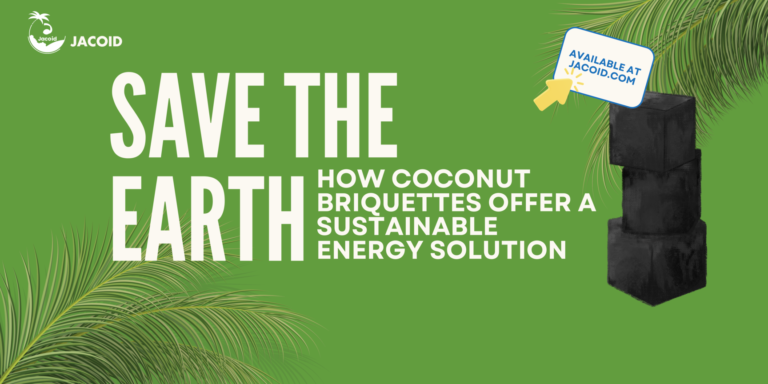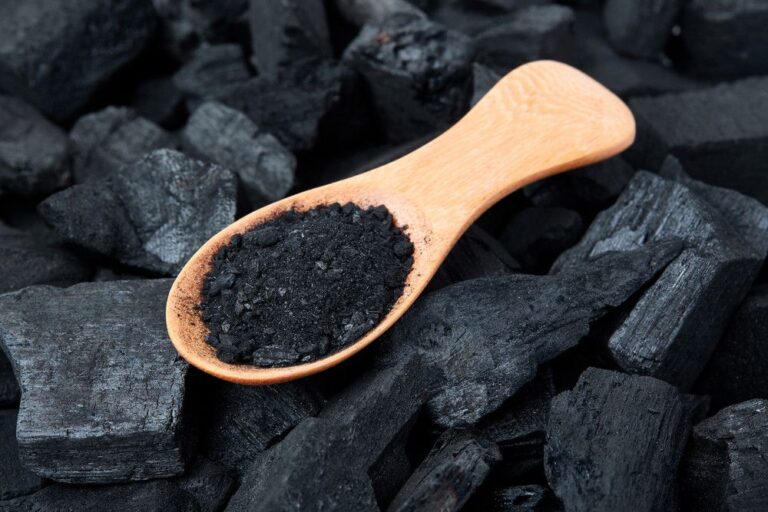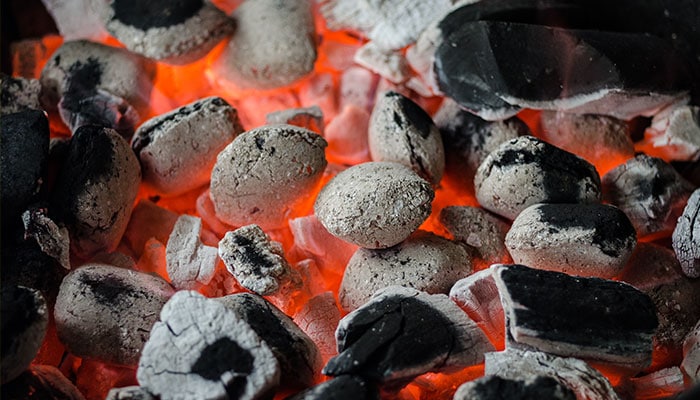
Coconut charcoal briquettes are a traditional alternative fuel that is environmentally friendly and sustainable. They burn longer, produce less smoke, and because briquettes produce less smoke, they can also be referred to as an environmentally friendly fuel alternative to fossil fuels or coal, which are becoming increasingly scarce. Briquettes are made from renewable resources, such as biomass fibers and coconut shells, which require careful processing in combustion, mixing, and compaction techniques. In this step-by-step guide, We will guide you through the process of making coconut charcoal briquettes made from biomass waste wherever you are along with the tools needed in the manufacturing process so that we can turn waste into valuable and more useful products.
Before we start the process in making charcoal briquettes we will divide it into 7 parts needed in making coconut charcoal briquettes such as:
1. Coconut shell
As the main ingredient in making coconut charcoal briquettes
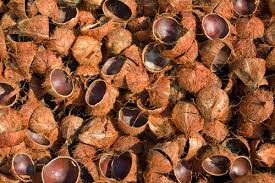
2. Tapioca flour or binder
The use of tapioca starch or similar ingredients can act as a binder in the process of mixing the dough with coconut charcoal before turning it into briquettes.
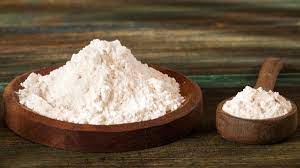
3. Water
Besides coconut shell, water also has an important function in making briquettes such as: as a binder between tapioca flour and coconut charcoal, facilitating the molding process and increasing the strength and density of coconut charcoal briquettes.

4. Briquette mold (8-10 cm high)
Printing briquettes is equally important because it can help increase the efficiency of making briquettes and facilitate the printing process that can form briquettes in a variety of ways.
5. Matches
As a tool to help the combustion process

6. Dough mixing tool
The tools used can be automatic or manual but we recommend using automatic tools in order to reduce labor requirements and save time which can increase the quantity and quality of coconut charcoal briquettes.

7. Briquette oven (self-made)
As well as dough mixing tools can use automatically or manually but the main function in the oven can help the process of drying, compacting, and ripening coconut charcoal briquettes that can produce good combustion quality.

After we know the tools needed in making coconut charcoal briquettes and their functions, it’s time for us to enter the manufacturing process. Here we have summarized and divided it into 7 stages of the process of making coconut charcoal briquettes, let’s check together the process of making these briquettes:
Part 1: collecting and preparing coconut shells
The first step in the process of making coconut charcoal briquettes is to collect the main raw material, the coconut fruit. Then we separate the coconut fibers from the shells, after that make sure we wash the shells cleanly and uncontaminated. After being washed thoroughly with water, the shells can be dried in the field, and placed in the sun for a few days to dry completely, and keep in mind that the shells are turned upside down so that they can dry evenly.

Part 2: Carbonization Process
The carbonization stage is crucial in turning coconut shells into charcoal. Follow these steps to carry out the carbonization process:
1. Prepare a simple carbonization site: Build a small covered structure using bricks or metal. This place will be used to carbonize the coconut shells.
2. Fill the carbonization bin: Place the dried coconut shells inside the carbonization bin, stacking them neatly to ensure optimal airflow.
3. Start carbonization: Light a fire at the base of the carbonization bin and increase the temperature slowly. Once the shells start burning, reduce the airflow to reduce the oxygen supply. This will help produce quality charcoal.
4. Monitor the process: Keep an eye on the carbonization process to prevent over-burning. Since this process usually takes several hours, we need to ensure that the heat released by the fire is high and stable as it is best for long burning. The process will be complete when the smoke and flames are significantly reduced.
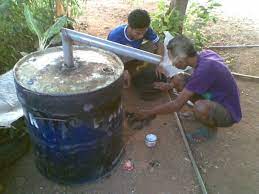
Part 3: Cooling and Breaking
After the carbonization process is complete, cool the coconut charcoal in the carbonizer for a few hours. Once the charcoal has cooled down enough, carefully remove the charcoal. Then, break the charcoal into small pieces using a hammer or a charcoal crusher. The smaller the pieces of charcoal, the easier it is to form briquettes.

Part 4: Mix with Binder
To make briquettes, mix the crushed coconut charcoal into flakes with a binder such as cassava flour or cornstarch. The binder helps the charcoal retain its shape when molding. In a mixing bowl, combine the charcoal and binder, add water little by little, and knead until the mixture reaches the right consistency.
Part 5: Briquette Printing
Now it’s time to print the charcoal briquettes. Here are the steps:
1. Prepare the briquette mold: you can use an automatic printer or manually prepare a simple wooden mold or you can shape the briquettes by hand.
2. Fill the mold: Take some charcoal mixture and press it into the mold firmly. Make sure the mixture is solid and retains its shape.
3. Take out the briquettes: Gently extract the briquettes from the mold and set them on a level surface for drying.

Part 6: Drying and Storage
After we take out the molds, we dry and let the coconut charcoal briquettes dry and harden for a few days in a well-ventilated and sunny place. If the drying area is damp, it will slow down the drying process and affect the quality of the briquettes. Therefore, a well-ventilated and sunlit drying area is required to ensure the briquettes are sturdy and ready for maximum use.

Part 7: Utilization of Coconut Charcoal Briquettes
Once the briquettes are completely dry, you can use the coconut charcoal briquettes for a variety of purposes, from charcoal grilling, barbecuing, to cooking.. Coconut charcoal briquettes have the advantage of clean and long-lasting combustion, providing a more optimized cooking experience.

After we know the briquetting process described above. Did you know that coconut charcoal briquettes themselves have many other uses and benefits, such as:
1. Reducing dependence on fossil fuels
The use of coconut charcoal briquettes also plays a role in reducing human dependence on fossil fuels such as coal, oil, and natural gas. Negative impacts on ecosystems and human well-being have been recognized due to the overuse of fossil fuels.
2. As an alternative fuel
Briquettes have a variety of important roles in the energy sector. First, briquettes can serve as a substitute for gas or oil fuels typically used in household cooking. On the other hand, on a larger scale, briquettes can also be an alternative source of energy for medium/large industries or household purposes that require large quantities. Another advantage of briquettes is their abundant availability, especially since they can be produced from biomass waste such as agricultural or plantation crop residues. This is in contrast to petroleum, coal and natural gas, which have limited availability. Therefore, briquettes can act as an alternative fuel that can replace the excessive use of fossil fuels.
3. Reducing the environmental impact caused by biomass waste
Briquettes, which are often made from organic materials that are usually considered as waste, play an important role in reducing biomass waste and preserving the environment. The use of briquettes can help reduce the amount of waste generated by society and prevent further environmental damage. In addition, briquettes have the advantage of producing little dust and smoke compared to other alternatives such as wood or charcoal, making them a cleaner and safer option for the environment. Making briquettes from biomass materials not only reduces pollution, but also provides a solution to reduce the volume of garbage and waste. A wide variety of biomass waste, such as wood chips, coconut shells, and coffee grounds, can be reprocessed into briquettes. Therefore, briquettes derived from biomass waste leave no toxic residue and can help prevent and reduce environmental damage.
4. easy-to-use, cost-effective fuel
Briquettes come in a variety of sizes and are easy to use. They do not require large storage space and are portable. Briquettes are usually relatively cheaper than wood or charcoal. In addition, the use of briquettes can help reduce the cost of using gas stoves for cooking. Briquettes produce a steady and consistent heat during combustion. This makes it easier to control the temperature when cooking or heating a room.
Conclusion
By making coconut charcoal briquettes we can maximize the use and reuse of biomass waste as well as the use of briquettes in everyday life can be as a substitute for gas stoves or can be as a room heater, with this we participate in reducing the dependence on the excessive use of fossil energy which from time to time is depleting which sometimes the results of burning fossil energy are more harmful to the human body, therefore coconut charcoal briquettes are an effective and innovative solution to preserve the environment around us. hopefully this article can be a guide in the manufacture and use of coconut charcoal briquettes or alternative energy made from biomass waste. if you want to know information about coconut charcoal briquettes and other benefits of coconut then visit this link//

